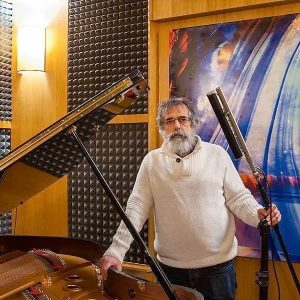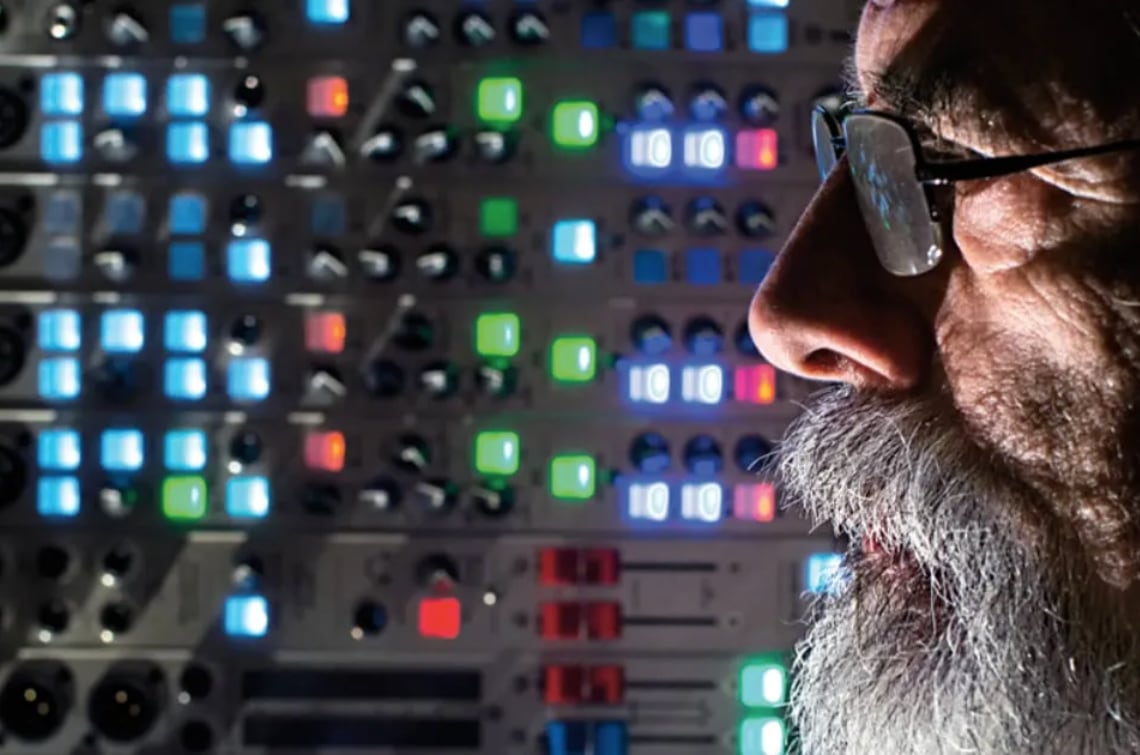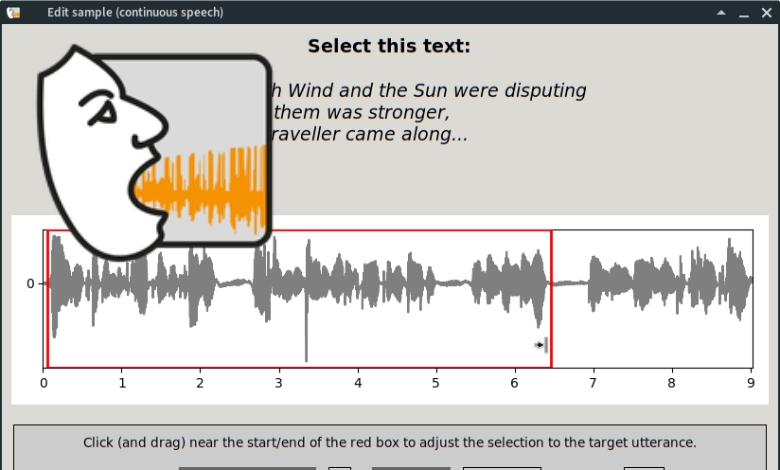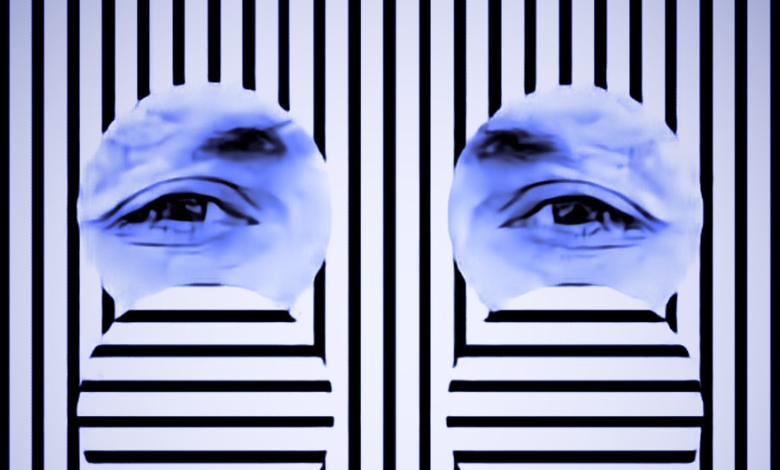Article index
Home Recording, Instructions for ad hoc construction!
Allow me to introduce myself with a short snapshot: my name is Francesco Passarelli and I have been dealing for over 40 years in the field of registration and the so -called audio industry (with various roles such as demonstrator, product specialist, technical manager, etc.), I conducted seminars since the end of the 90s as well as Fonia courses at Forum Music Village and as a certified teacher for the Lazio Region and I followed the students of various Fonia schools of Rome, the University of Tor Vergata and the prestigious APM of Saluzzo as tutors.
 From this unique experience and continuously updated and brought up by applications for inexperienced users, my disclosure and test articles for the Musicoff magazine and on the various social networks and now these contributions for Sing Network have arisen.
From this unique experience and continuously updated and brought up by applications for inexperienced users, my disclosure and test articles for the Musicoff magazine and on the various social networks and now these contributions for Sing Network have arisen.
These articles are written in the plural, not for vanity or authority such as the "Pluralis Maiestatis", but because they also arise from the comparison with the staff of the 3 RD Ear Lab because
"If you want to go fast, run alone ... but if you want to go far, go with someone"
Home Recording a desire for many artists
For years, the idea of personal study has been in the list of desires of all artists, from the most famous to that known only by very few close ones. In recent years, technology has come to aid by reducing costs and raising the quality of the devices well beyond the limit of the CD (conversion to 16-bit, 44.1khz) established in the 70s for the well-known limits of the supports available then.
In addition, the pandemic has created conditions of unusability of studies and there are still no solutions (except at very high costs) that guarantee 100%safety.
So it is the right time in particular for all singers to think of a "personal study" solution capable of working as Block Notes (the memory goes to the legendary Nebraska in Bruce Springsteen recorded with Teac 144 during the pauses of the 1981 https : //en.wikipedia.org/wiki/nebraska_ (album ) which as a gym (now traces are virtually infinite also with free software) and as a tool to refine our sense of sound and technical skills.
Just speak ... let's start analyzing the essential components.
Everyone comes to think of a microphone , to connect to a sound card (in turn connected to a computer with a music software or a DAW - Digital Audio Workstation) and a listening system: a cap and, if the budget and it Space allows us, a couple of monitor .
Um ... The real starting point of our study is our "shooting room" : often it is the bedroom or the box or another room that do not have a minimum of insulation or acoustic treatment also because doing it professionally requires a budget demanding.
The useful terms to understand how to manage a good home recording
Let's explain the terms:
Isolation means how much noise "enters" the external environment and how much sound "goes outwards" ... with subsequent reactivity (not always positive, sic) of the neighbors.
The possibilities of "economic intervention" are few, we can seek a less critical position, replace the door with two (those that guarantee real good acoustic insulation cost thousands of €) obviously one that opens upwards and the other The exterior or maybe move a heavy furniture (wardrobe or bookcase) or insert a mattress on the most critical wall, the ideal would be totally covering the height of the wall.
 Acoustic treatment means reducing the "inaccuracies" of our room often generated by too reflective and symmetrical , such as mirrors, glass, plastered walls, wood, metal panels (eg a fridge) etc.
Acoustic treatment means reducing the "inaccuracies" of our room often generated by too reflective and symmetrical , such as mirrors, glass, plastered walls, wood, metal panels (eg a fridge) etc.
For our purpose, less reflective surfaces are preferable and with some irregularities , such as the undulations of a curtain, cushions, etc. as long as they do not "dry" the sound too much ... in the end of the accounts a little tail/reverberation is pleasant and gives us one response that improves our execution.
A fundamental solution plans to avoid empty and smooth walls, so just insert a heavy curtain or move a piece of furniture on that wall. The heavy curtain can be an interesting solution also as a replacement of a light curtain perhaps in front of a window with single glass, instead of glass glass .
We have also seen videos with simple and cheap solutions, how to record by opening the door of a wardrobe containing coats and heavy clothes ... but let's not lose sight of an essential point: too absorbent acoustics can make the execution problematic because the sound without " Return from the environment "is unnatural and not gives the right feedback necessary for the singer, a problem similar to those in the sessions in absorbent studies sing with a single ear to have a known* and natural return in the free ear.
* This topic will be deepened in the next articles
In the case of too absorbing an acoustics, a simple solution, also already seen in some videos, could be to use a bookcase with the books arranged asymmetrically (i.e. a high one close to a low or a shorter one near a more protruding one ) In this way we also eliminate the problems of symmetry between the walls
In short: we can get a good insulation and efficient treatment (because we do not need a room without reflections) in an economic and aesthetically valid way with materials such as cotton and natural wool. We recommend avoiding the sound -absorbing materials of the "common feeling" such as the crooked and pyramidal panels that are subject to flaking both for accidental reasons and for usury over time ... and those particles will enter our environments and lungs!
If you cannot move anything and you want a very rapid solution, the advice is for a reflexion filter ... among those we have tried the most efficient, the Aston Audio Halo .
Read also the article : Manifesto of Artistic Foniatry








